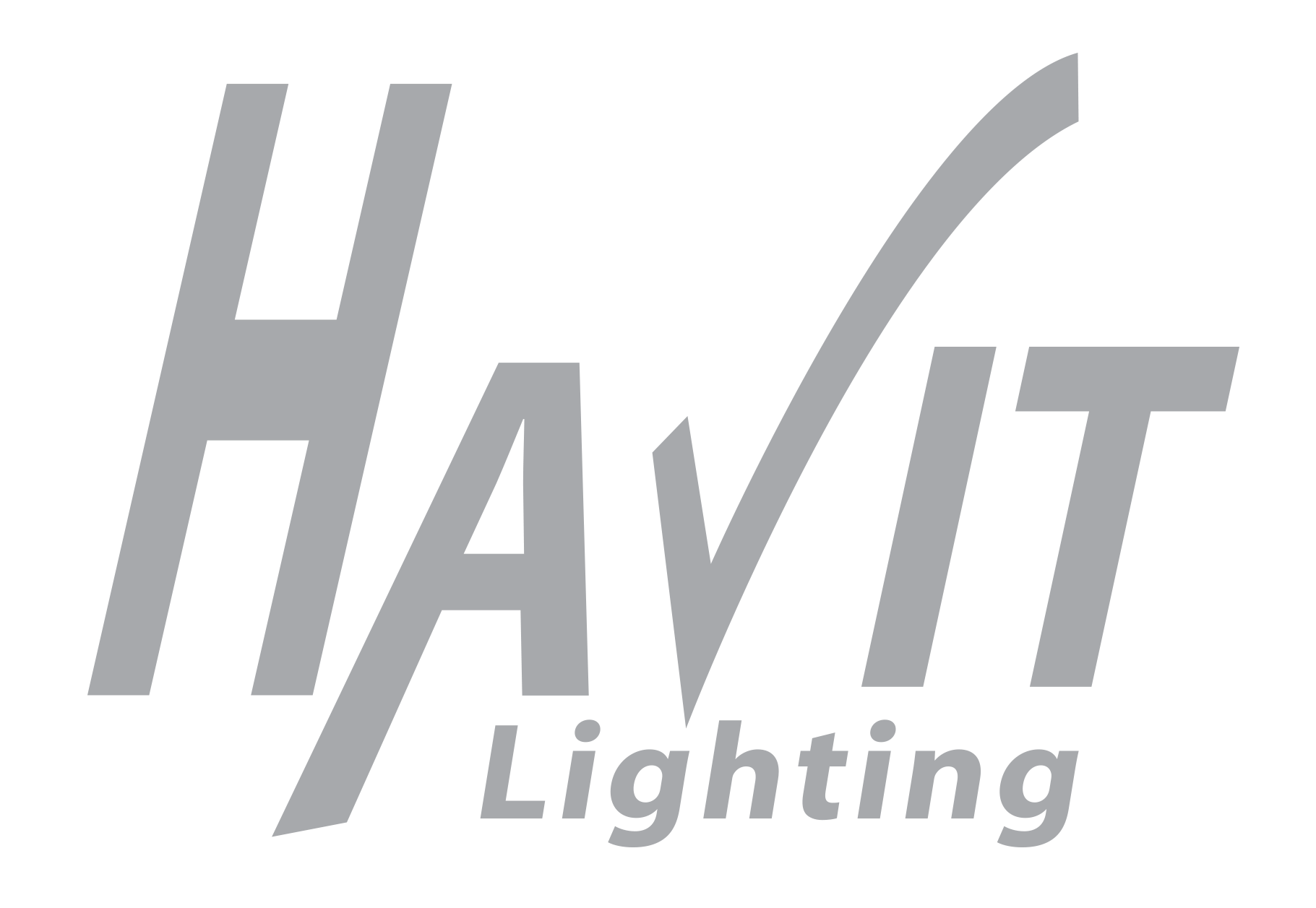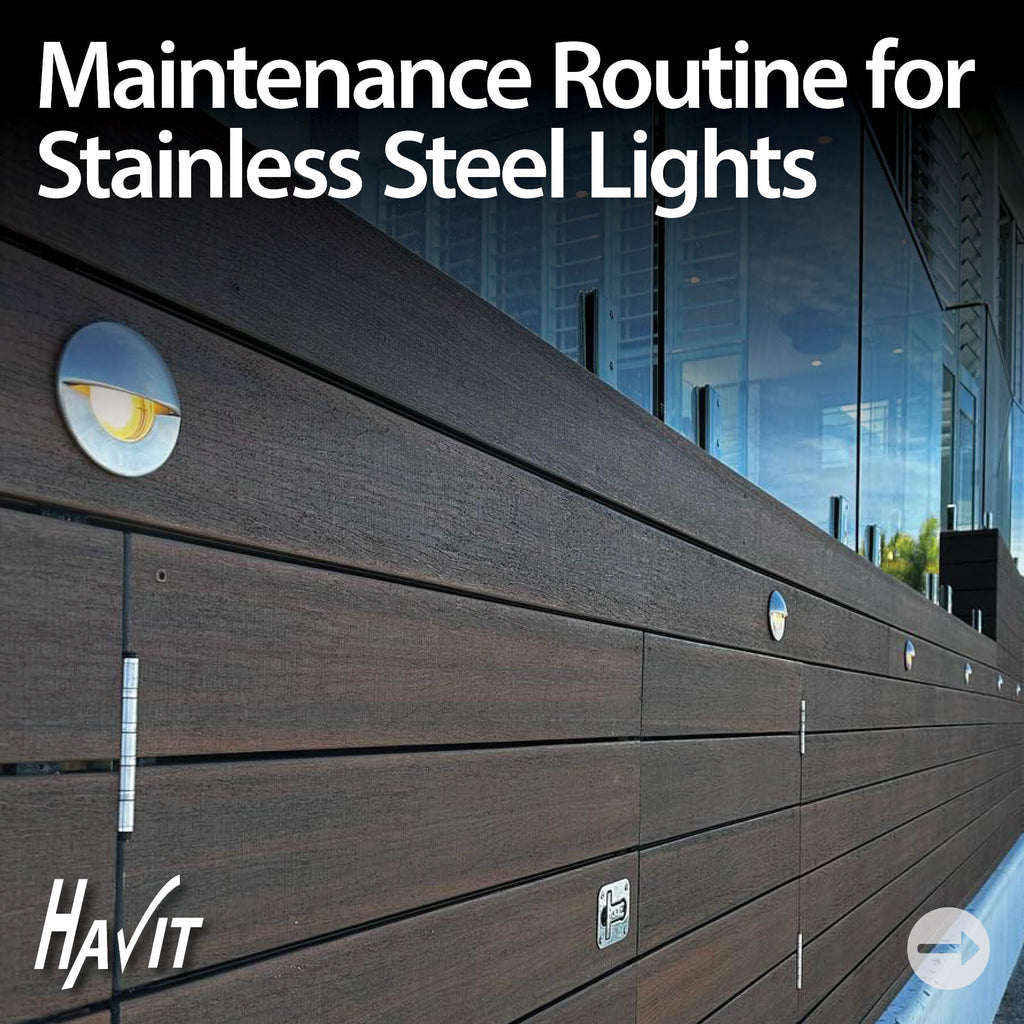Understanding IK Ratings
Impact of Mechanical Stress
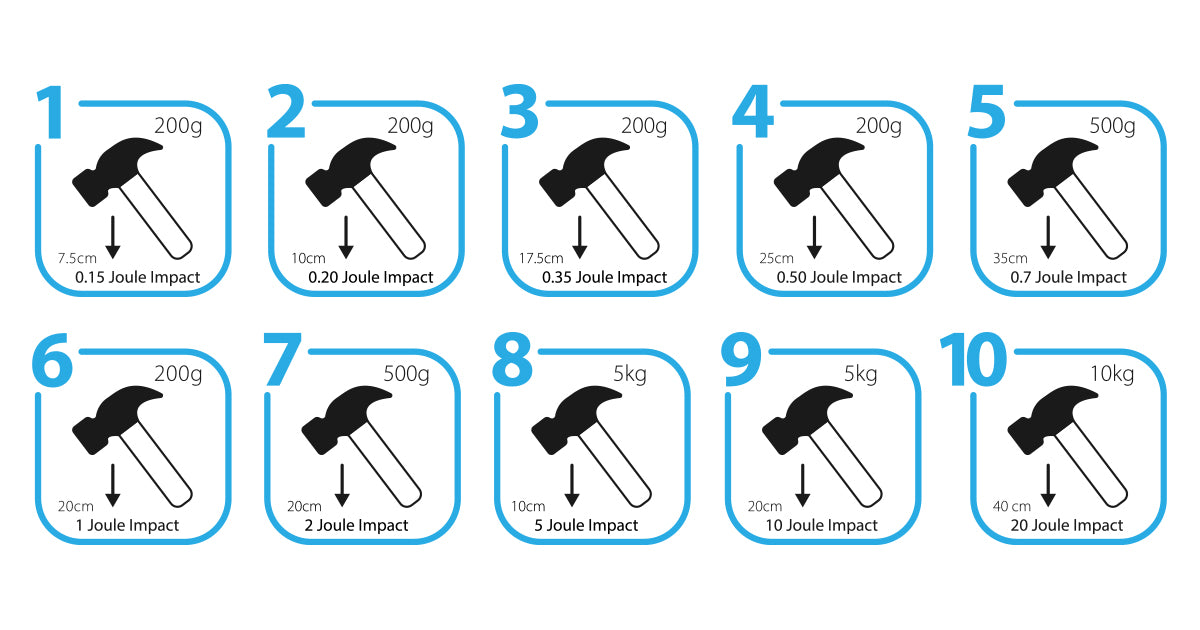
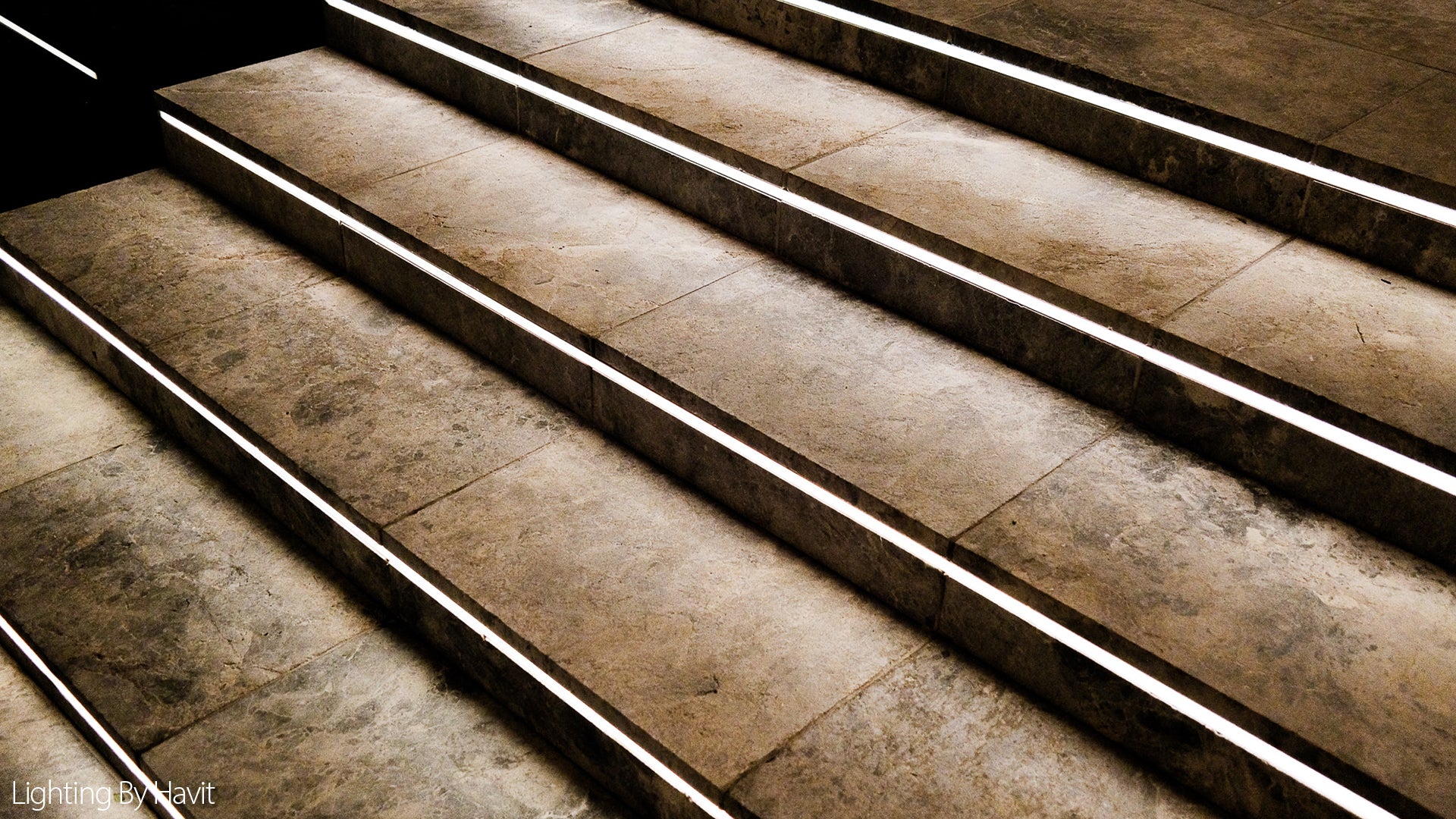
What is the IK rating?
How is the IK rating determined?
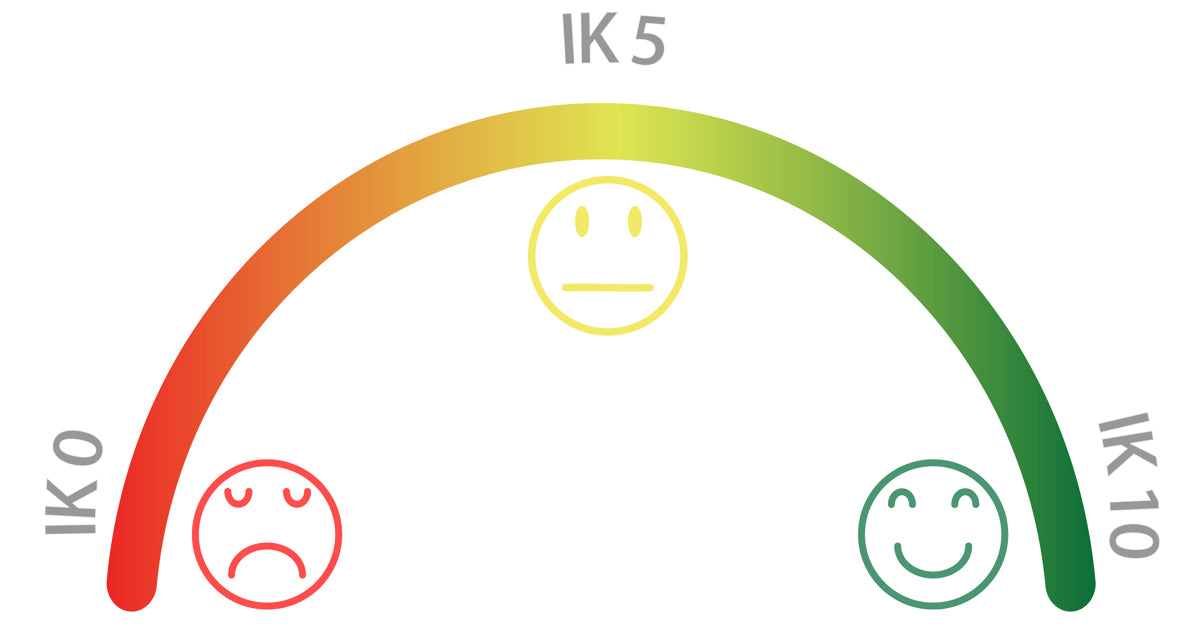

When it comes to choosing lighting products for outdoor or industrial applications, one of the most important factors to consider is the IK rating. The IK rating is a measure of a product’s resistance to mechanical stress, such as impact or vibration. In this blog post, we’ll take a closer look at what the IK rating means, how it is determined, and why it is important.

The IK rating quantifies a lighting product’s resistance to mechanical stress, specifically impact. It’s on a 0 to 10 scale, with 0 signifying no protection and 10 denoting the highest level of defense. Commonly applied to lighting products in outdoor and industrial settings.
IK rating is established through a series of impact tests. These tests involve dropping a steel ball
onto the product from a defined height and evaluating the resulting damage. The assigned IK rating
indicates the impact level required for product failure.

IK rating matters as it gauges a product’s ability to endure mechanical stress in practical scenarios. For instance, in areas prone to impacts, such as outdoor spaces, a higher IK rating ensures better protection, longer product lifespan, and reduced susceptibility to damage.
In addition to shielding against impact, a higher IK rating contributes to safety in hazardous environments, such as industrial settings where machinery or vehicles may interact with lighting fixtures, minimizing the risk of electrical shock or fire.
It’s essential to note that the IK rating isn’t the sole consideration for selecting outdoor or industrial lighting. Other factors like IP rating (measuring resistance to dust and water), color rendering index, and energy efficiency should also be taken into account.
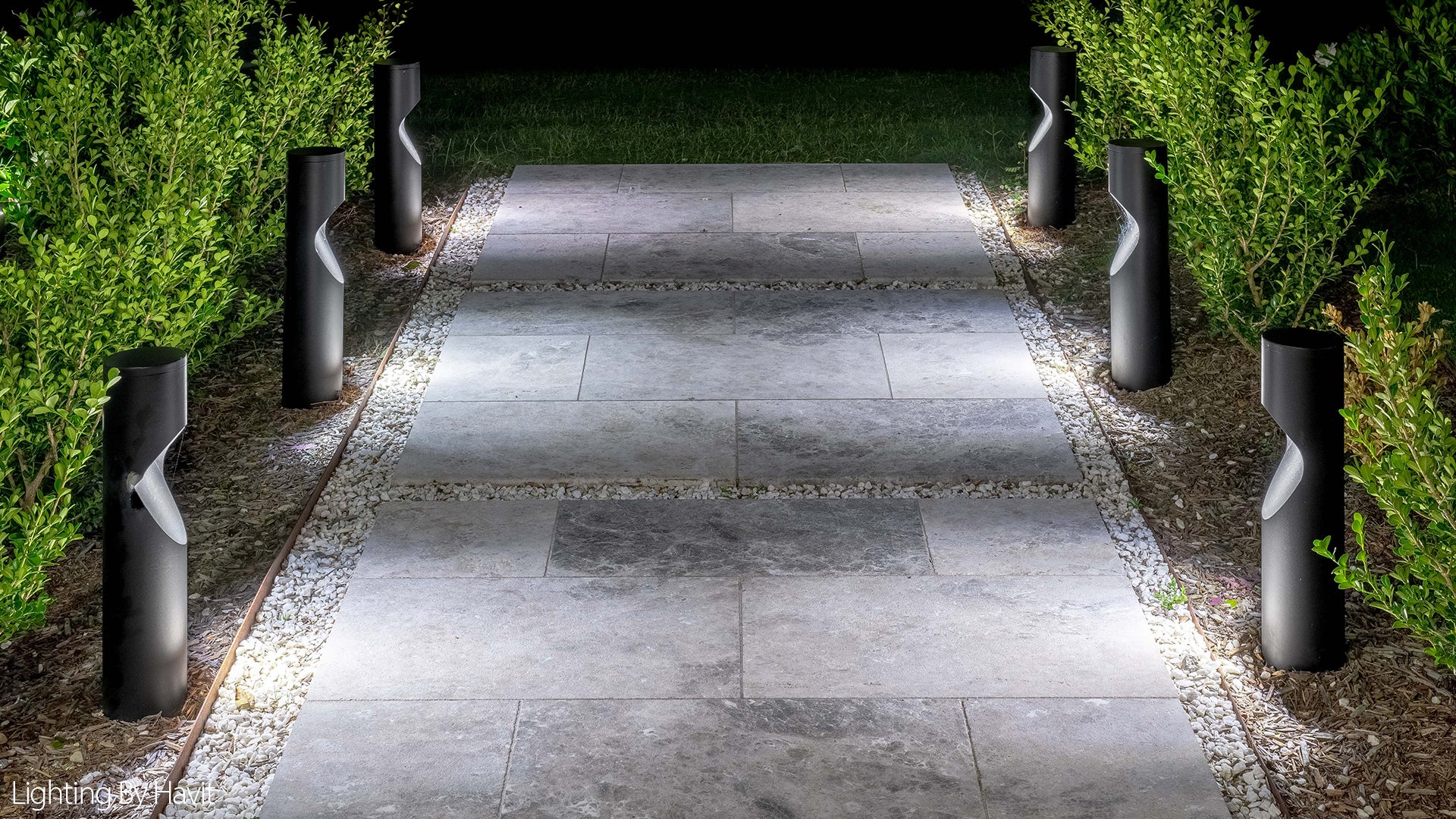
The IK rating is a crucial factor when choosing lighting for outdoor or industrial applications, providing insights into a product’s resilience to mechanical stress like impact or vibration. Opting for a higher IK rating ensures enhanced protection, prolonged product life, and increased safety in challenging environments.
